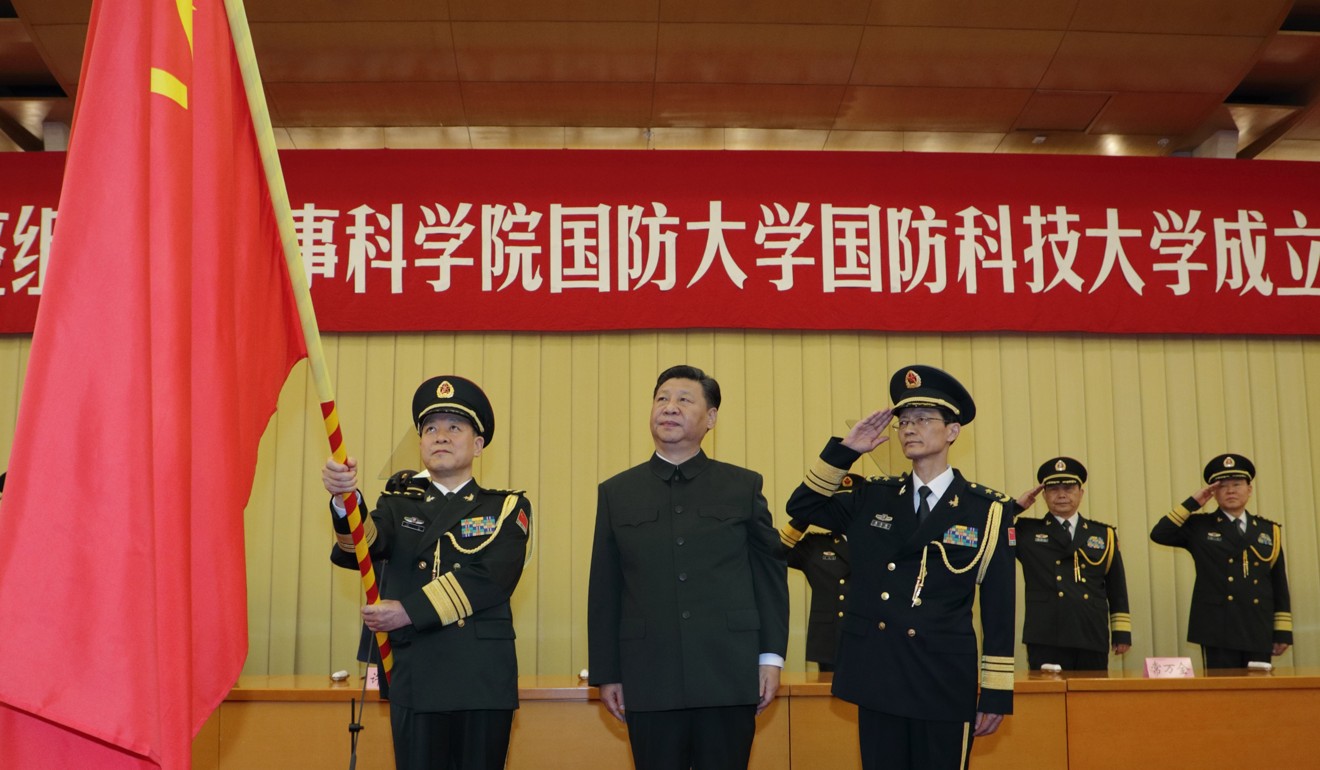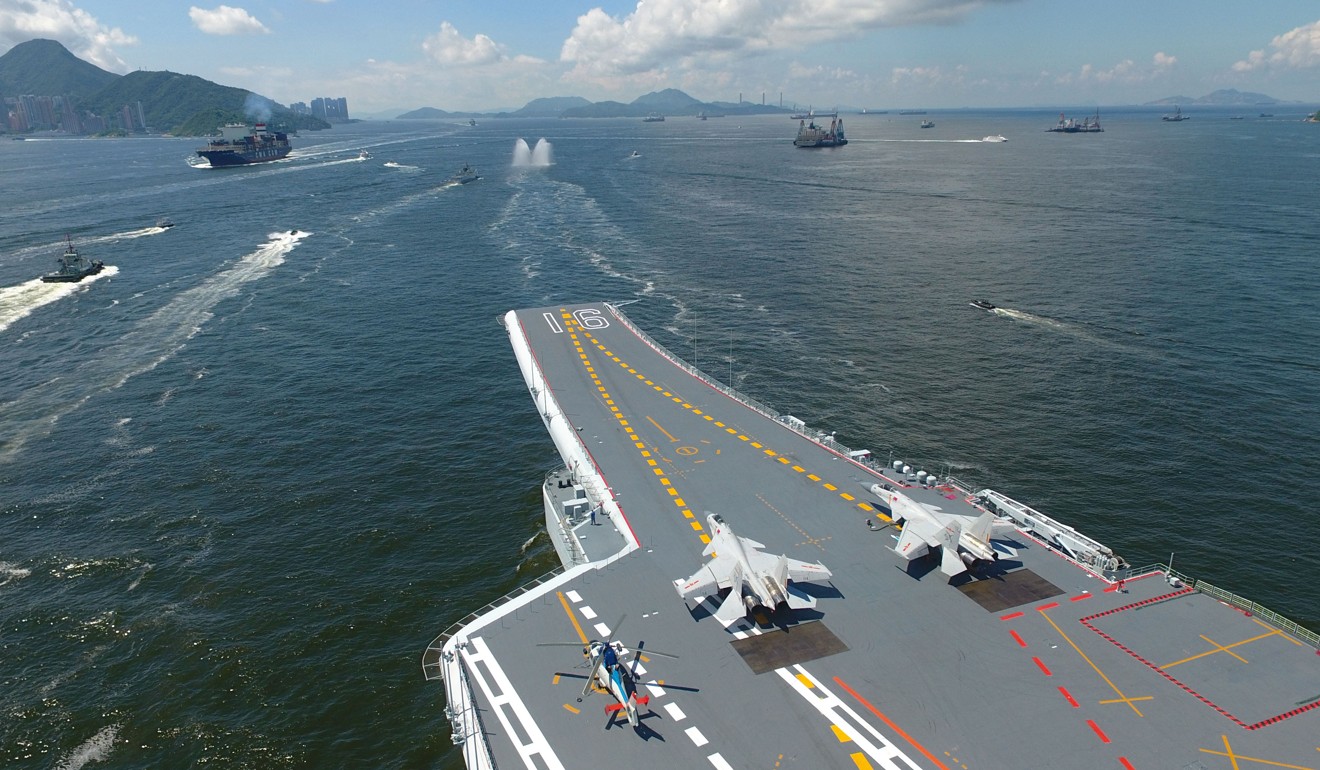Golez: China faces emerging US-Japan-India-UK-Australia alliance:
"China's PLA, is it strong enough?" https://t.co/KTrw5KDU24 via @SCMP_news
philstar.com INQUIRER.net Christian Esguerra MANILA BULLETIN
Golez: Some sectors would like the Philippines to align with China thinking it is rising as an unstoppable economic and military force.
My humble view:
First, the Western economic alliance is still much bigger than what China has achieved. The US-EU-Japan-India economy: $18T for the US, $17T for EU. $4T for Japan and $1T for India or an aggregate of around $40T vs. $11T for China.
Second, in military power, the US is way ahead of China. Add to that the potential additions from Japan, India, UK and Australia, not to mention how these forces could surround and blockade China, a decisive factor in conflict.
IMHO, it would be unwise for the Philippines to bet on China ideologically, economically, militarily and geo-strategically. Not in the next 20 years, sir.
Here's a view from the Hong Kong (China) based South China Morning Post. It's conclusion: "Despite all its progress, these factors could prevent the PLA from victory in any future war. ■"
1. "A fighting force’s doctrine, organisation, training, materiel, leadership, personnel and facilities (known as the DOTMLPF) is used to measure a military’s overall fighting capability."
2. Based on this concept, we find the PLA has made remarkable progress in regard to material and facilities. On the personnel side, we can see the PLA has achieved a significant transformation from a mass peasant army to one as well-educated as their counterparts in the West."
3. "However by other measures, such as doctrine, organisation, training and leadership, the PLA not only lags far behind the US, but also trails other major rivals such as Russia, France and the United Kingdom. The PLA also lacks real war experience and global logistic support."
4. Many Western military observers doubt the PLA’s true readiness and combat capabilities should a war break out, due to the nature of the bureaucratic state and the widespread and systemic graft within the ranks at levels never seen during modern times."
4. "Indeed, the communist leadership recognises that corruption, which has led to low levels of morale, trust and unity among the rank and file, is the biggest enemy of the PLA today. "
5. "Despite all its progress, these factors could prevent the PLA from victory in any future war. ■"
CHINA’S MILITARY IS STRONGER THAN EVER, BUT IS IT STRONG ENOUGH?
The world’s second-largest military has the tools necessary to serve the geopolitical interests of Beijing, but critics say the People’s Liberation Army would still be outclassed in any real confrontation with the United States



Are you tired of seeking loans and Mortgages,have you been turned down constantly By your banks and other financial institutions,We offer any form of loan to individuals and corporate bodies at low interest rate.If you are interested in taking a loan,feel free to contact us today,we promise to offer you the best services ever.Just give us a try,because a trial will convince you.What are your Financial needs?Do you need a business loan?Do you need a personal loan?Do you want to buy a car?Do you want to refinance?Do you need a mortgage loan?Do you need a huge capital to start off your business proposal or expansion? Have you lost hope and you think there is no way out, and your financial burdens still persists? Contact us (gaincreditloan1@gmail.com)
ReplyDeleteYour Name:...............
Your Country:...............
Your Occupation:...............
Loan Amount Needed:...............
Loan Duration...............
Monthly Income:...............
Your Telephone Number:.....................
Business Plan/Use Of Your Loan:...............
Contact Us At : gaincreditloan1@gmail.com
Phone number :+44-75967-81743 (WhatsApp Only)